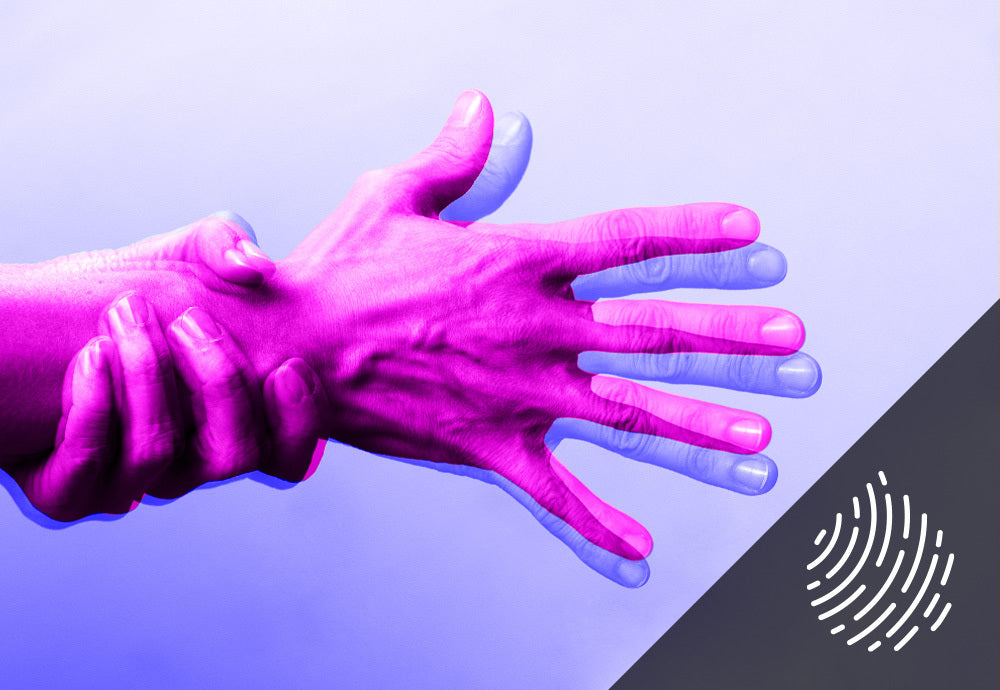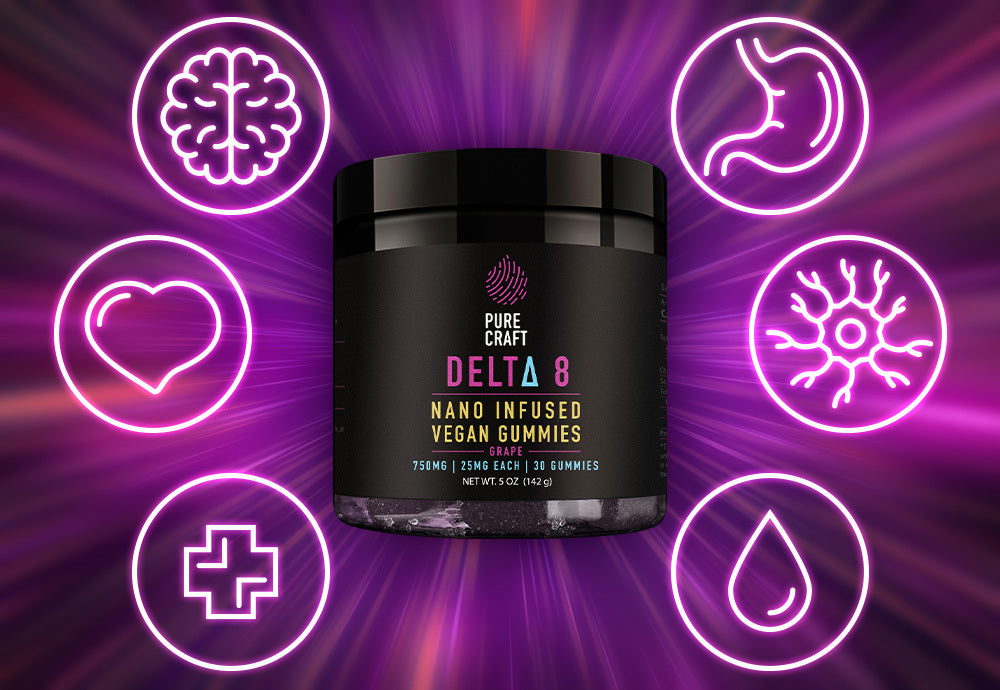Your Cart is Empty
FREE SHIPPING ON ORDERS $70+ | SATISFACTION GUARANTEED
Cannabidiol (CBD) is a natural chemical compound found in cannabis. Seems like a cut-and-dry definition, right?
Not so fast!
The cannabis genus includes industrial hemp and strains of marijuana. Meaning some forms of CBD:
CBD regulations differ from state to state, and some employers have strict policies about cannabis. With so many new products hitting the market, it’s never been so important to be an informed CBD consumer.
Read on to attain expert-level knowledge of the ins and outs of CBD made from hemp and CBD made from marijuana.
As we mentioned, the natural chemical compound CBD comes from cannabis. CBD is one of many cannabinoids present in cannabis.
CBD is extracted from the cannabis plant in the form of an oil, then formulated into CBD products.
Growing bodies of research on CBD oil point to physical and mental health benefits for people and animals. All mammals have an endocannabinoid system that responds to CBD. Reported and studied effects range from subtle relaxation to measurable pain relief, among other benefits.
CBD is the same molecule — with the same potential effects and benefits — regardless of where it comes from.
Things get a bit more nuanced when it comes to the other molecules that mingle with CBD. THC (tetrahydrocannabinol) is one of them, but scientists have identified hundreds of substances in cannabis.
To best understand these nuances, let’s get clear on the botanical and legal differences between the cannabis subspecies hemp and marijuana.
In 2018, the Farm Bill legalized industrial hemp. Industrial hemp can’t exceed 0.3% THC on a dry weight basis.
That means CBD oil made from industrial hemp that contains 0.3% or less THC is federally-legal. It took some time for state laws to catch up with this new classification, but industrial hemp-derived CBD is now legal (in some form) in all 50 states. It can even be bought and sold online.
According to federal law, cannabis with more than 0.3% THC is considered marijuana. Marijuana is still a Schedule I drug, meaning it’s illegal. States have their own marijuana laws, though.
Depending on whether medical or recreational marijuana is legal where you live, marijuana-derived CBD oil may or may not be available. You can’t purchase CBD made from marijuana online.
Hemp and marijuana have some clear differences. So, it must be pretty clear which is used in your CBD, right?
Well, maybe.
CBD oil can be extracted from any type of cannabis plant.
Only hemp-derived CBD can be bought and sold online. But that doesn’t mean you’ll never come across marijuana-derived CBD at brick-and-mortar stores.
The good thing is that state regulations are becoming increasingly clear about what has to be included on CBD labels. Labels should include how much CBD and THC is in the product, along with other essential info like serving size and usage instructions.
When it comes to knowing how much THC your CBD contains and what the effects will be, the type of CBD is the most important clue.
If you’re not worried about THC and you live in a marijuana-friendly state, you may not care about the type of CBD you’re using.
But if you need to keep tabs on your THC intake for personal, legal, or professional reasons — or are looking for specific outcomes — then the type of CBD matters.
The main difference between CBD types is the presence and quantity of flavonoids, terpenes, and cannabinoids. These compounds are associated with the entourage effect.
The entourage effect is a theory suggesting that when even the tiniest amount of THC is present in CBD, the combination of THC + the other compounds could increase the likelihood of therapeutic benefits. CBD with these compounds might make you feel different than CBD-only products because of the synergy of the plant compounds.
Here are the three types of CBD and the key differences between ‘em.
CBD Isolate
Full Spectrum CBD
Broad-Spectrum CBD
Since broad-spectrum CBD brings the synergy with virtually no THC, that’s what we use in our products at Pure Craft. You can shop knowing you’re getting the best of both worlds!

It doesn’t matter what type of CBD you take — if it’s not bioavailable, you aren’t going to get the most out of it.
Bioavailable is a fancy way of saying that your body can absorb it. Pure Craft has harnessed MIT-researched nanotechnology to make the most bioavailable CBD on the market. It’s the most bang for your buck!
Low-quality cannabis in any form could contain heavy metals and other chemicals from cultivation. So, seek out CBD products made from organically-grown cannabis.
Knowing how to tell the difference between CBD made from hemp and CBD made from marijuana is good CBD education. But, the type of CBD is usually what matters most for legal compliance and results.
Read labels and learn the types of CBD so you always know what you’re taking. It’s a good idea to brush up on laws and regulations in your area, too.
Whether made from hemp or marijuana, once you dial-in to your go-to CBD, find a high-quality, bioavailable CBD product from a reputable retailer.

The cannabis compound CBD has been popping up in Parkinson’s disease (PD) therapy and prevention conversations, propelled by success stories from p...
Read More
CBD is one of the most popular supplements on the market today. But you're a savvy consumer. You know just because something is popular doesn’t mea...
Read More
You know delta-8 as "weed-lite" or the "chillest of the cannabinoids." But what about all the potential health benefits of this unique compound? Wh...
Read More